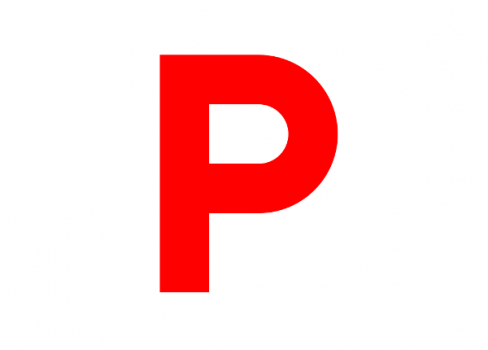An overhaul driving laws that banned P-plate licence holders from legally getting behind the wheel of turbo-charged cars in New South Wales has been ushered in after the state’s transport department switched on a new web tool to tell provisional drivers which boosted vehicles will be legal for them.
As the countdown for the 1st of August changes ticks away, Transport for NSW has gone live with a heavily updated online search facility that lets drivers, parents and prospective buyers look up which vehicles will be street legal for them under changes that base restrictions on a car’s power-to-weight ratio rather than a particular technology.
Cars with a performance that is above 130 kilowatts per tonne will still be off limits to P-platers – along with a range of other specified vehicles with performance characteristics deemed as high risk.
The NSW changes also take account of a recently agreed national definition of high performance vehicles, a standardisation that aims to create Australia-wide consistency for drivers and the auto industry that had been forced to contend with a conflicting tangle of rules across borders.
Like a number of other states, NSW had imposed stiff restrictions through licence conditions on who could drive turbo-charged cars in an effort to clamp down on predominantly young hoon drivers and prevent high speed crashes.
However the restrictions, which singled out turbo and supercharging as well as V8 engines, have drawn the ire of smaller car makers, which are now using the technology to reduce engine sizes and fuel consumption rather than making high performance sports cars.
The turbo restriction laws have been particularly unpopular among new car buyers in less affluent regions because they effectively locked out P-Platers from some of the most fuel efficient vehicles on the market at a time when petrol prices weigh heavily on household incomes.
New South Wales Roads Minister Duncan Gay has been scathing about the rationale of blanket-banning certain types of engines rather than considering their relative power.
In June Mr Gay hit commercial radio in Sydney to sell the changes by saying that “some of these vehicles would be flat out to pull the skin off a rice pudding” in reference to smaller turbo-charged cars. Mr Gay said that younger drivers needed more efficient vehicles, adding that super-charging did not equate to “super speed.”
Member for the Western Sydney seat of Londonderry, Bart Bassett, is similarly on-message, championing the imminent changes as sensible, necessary – and family friendly.
“The NSW Government is making it easier for families with a car which may have been previously off limits to young drivers – these reforms mean P-platers no longer need to carry an exemption when driving the family vehicle,’’ Mr Bassett said.
“The previous restrictions on P-platers driving supercharged or turbocharged vehicles were put in place when features on these cars were only used to enhance speed and acceleration but today, super charged doesn’t just means super speed.’’
He said the new Transport for NSW webpage provided “P-platers and their families” with “6,500 more options while helping to ensure they could stay safe” – but that around 7,500 vehicles would remain banned for P-platers.






I don’t care about the power-to-weight ratio or the turbo component or not. What the government should focus on and monitor strictly and penalise are excessively noisy vehicles which are clearly and logically too noisy. Alternatively these vehicles should be restricted from driving in residential districts.
Given the expected increase in population in Australia, along with ever-increasing evidence-based research demonstrating the impact of excessive and unnecessary noise on health and well-being, especially its impact on sleep, the government needs to be much more pro-active in this regard.
Nobody expects the normal and unavoidable noises of daily life in an urban context, or any other, to be eliminated but excessive vehicular noise is not among them, especially for young drivers.